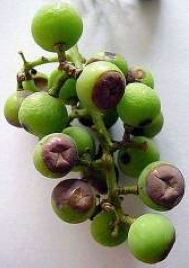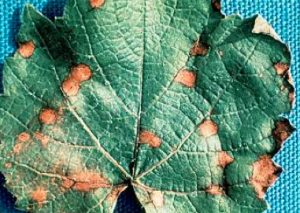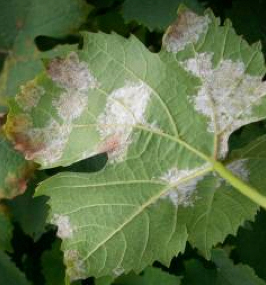Spotted Wing Drosophila Alert and Berry Notes — August 4, 2023
David Handley, Vegetable and Small Fruit Specialist; James Dill, Pest Management Specialist, Phil Fanning, Assistant Professor of Agricultural Entomology, Christina Howard, Maine New Farmer Project Manager

Spotted Wing Drosophila:
Numbers of spotted wing drosophila fruit flies caught in our traps have fluctuated a little this past week, with numbers rising or falling a bit, depending on location. However, numbers are high enough to be over control thresholds. Sites with lower numbers (e.g. Mechanic Falls and Limington) are on a regular spray schedule at this point, which accounts for there being fewer flies in the traps. Environmental conditions continue to be ideal for spotted wing drosophila to feed and breed, so we expect counts to continue to rise in the coming weeks.
Regular protective sprays on ripening fruit when spotted wing drosophila flies are consistently caught in traps are necessary to prevent larvae from infesting the fruit. Look for fruit flies hovering around fruit and symptoms of premature fruit decay. At this point, a 7-10 schedule of sprays should be adequate to minimize fruit infestation in fields with 10 flies or less caught per week, but as populations build to higher numbers, a 5-7 day spray schedule may be required.
For more information on identifying spotted wing drosophila (SWD) and updates on populations around the state, visit our Spotted Wing Drosophila Blog.
Berry Notes:
• Black rot on grapes, especially Labrusca (Concord) types has been very prevalent this season. Symptoms include black and brown spots on the leaves between the veins, and tan discoloration of the fruit, leading to the berries shriveling and turning black. Regular fungicide applications on susceptible varieties beginning at bud break and continuing at 10-14 day intervals are needed to prevent black rot infections, especially in wet seasons. Good sanitation at the end of the season can help reduce early infections the following year, so cleaning up or chopping up dead leaves, stems and fruit under the vines is recommended. Effective fungicides include Manzate®, Ziram® and Rally®, among others. See the New England Small Fruit Management Guide for more information.
• Downy mildew has also been observed on grapes this week. This fungus causes yellow spots on the upper side of the leaves and gray tufts of fungus on the undersides. The leaves will eventually shrivel and die. Once noted, regular fungicide applications of Dithane®, Abound®, Pristine® or copper sprays can help stop the infection from progressing. See the New England Small Fruit Management Guide for more information.
- Black rot on grapes; Photo by J. Jaworski.
- Black Rot on grape leaf; Photo by Paul Pecknold.
- Downy mildew on grape leaves; Photo courtesy of Cornell University
Other IPM Web Pages
Michigan State University Spotted Wing Drosophila
Penn State University Spotted Wing Drosophila Overview
University of New Hampshire SWD Weekly IPM Reports
David T. Handley
Vegetable and Small Fruit Specialist
Highmoor Farm
P.O. Box 179
Monmouth, ME 04259
207.933.2100
UMaine Extension Diagnostic Research Lab
Pest Management Unit
17 Godfrey Drive
Orono, ME 04473
1.800.287.0279
Where brand names or company names are used it is for the reader’s information. No endorsement is implied nor is any discrimination intended against other products with similar ingredients. Always consult product labels for rates, application instructions and safety precautions. Users of these products assume all associated risks.
The University of Maine is an equal opportunity/affirmative action institution.
| Town | Spotted Wing Drosophila weekly trap catch 7/21/23 | Spotted Wing Drosophila weekly trap catch 7/28/23 | Spotted Wing Drosophila weekly trap catch 8/4/23 |
|---|---|---|---|
| Wells | 7 | 8 | 22 |
| Sanford | 7 | 5 | 3 |
| Limington | 3 | 1 | 2 |
| New Gloucester | 120 | 1190 | 214 |
| Mechanic Falls | 0 | 1 | 20 |
| Bowdoinham | 15 | 85 | 42 |
| Monmouth (unsprayed plot) | 1 | 13 | 43 |
| Fayette | — | 5 | 23 |



